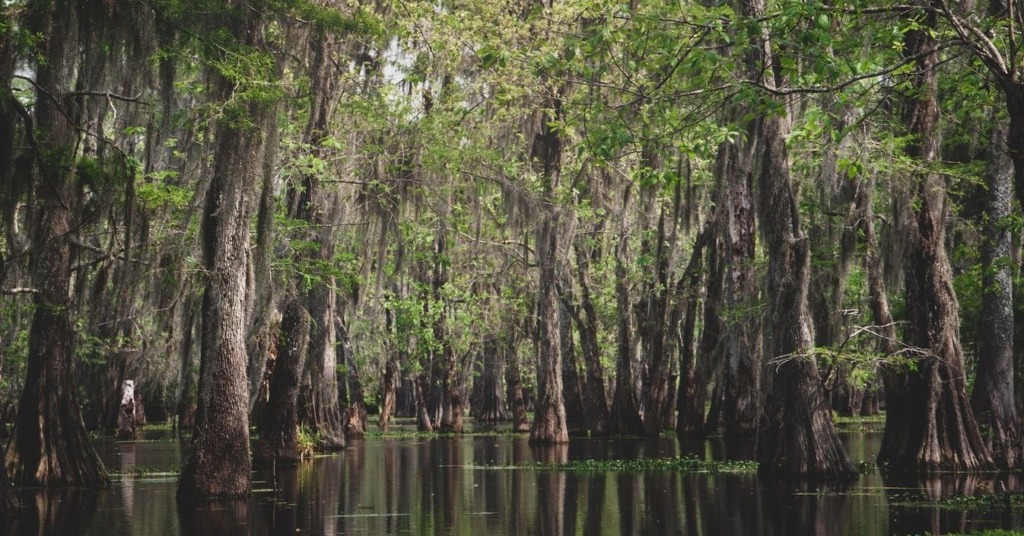Louisiana
Geography
Located in both the Deep South and South Central regions of the United States, Louisiana’s territory can be divided into two parts. There is the upland subregion of the North consists mostly of prairie and woodlands. Then there is the alluvial-coast region comprising low swamp lands, coastal marshlands, beaches, and barrier islands.
Sadly, its alluvial-coastal region is among the fastest-disappearing areas in the world. This is due to a variety of reasons. Scientists point to a number of contributing causes. Like the swamps that have been extensively logged, the canals that were dug to make way for the gas industry, and there is climate change altogether.
This is, of course, of great loss to the state. Louisiana is blessed with high biological diversity and there has been a lot of movements recently organized to protect it. It may or may not already be too late, but it is best to visit Louisiana soon.
History
Louisiana has a rich and vibrant history behind it. It was inhabited by Native Americans for thousands of years before the Europeans arrived in the 16th century. Even though the Native Americans were largely seasonal hunter-gatherers, they were already able to build complex constructions. The earliest complex construction found in America is, in fact, in Louisiana.
Due to it being by the coast, Louisiana was one of the first parts of the country that was reached by European explorers. By the late 17th century, Europeans would already have a foothold in the area. In fact, the name ‘Louisiana’ is named in honor of King Louis XIV of France.
By 1812, Louisiana would become the eighteenth state of the United States of America.
Weather
The state of Louisiana is classified as having a humid subtropical climate. This basically means the state experiences long, hot, humid summers and short, mild winters. The temperature may drop below zero degrees in winter in the northern parts, but the southern parts rarely ever get this cold.
Louisiana is highly vulnerable to major hurricanes and it does experience a lot of thunderstorms. Best to keep these in mind when traveling to this state. When you happen to arrive on a rainy day though, it does not mean you cannot enjoy Louisiana’s great outdoors anymore. Check out our Tips When Camping in the Rain and have fun.
Tourism
Louisiana has an overwhelming amount of historic and scenic areas that have already been recognized by the National Park Service. To name a few there is the Cane River National Heritage Area, Saline Bayou, and Atchafalaya National Heritage Area. It has one National Forest, 22 state parks, 17 historic sites, and 955,973 acres of wildlife managed areas.
As you could probably already tell, there is a lot to see and visit in Louisiana.
Key information about Louisiana
📍 Area: 135,382km2
👥 Population: 4,648,794
🏛️ Capital: Baton Rouge
🏢 Major cities: New Orleans, Lafayette, Bossier City, Shreveport
🔢 Number of counties: 64
📋 Postal Abbreviation: LA
📖 Primary language/s: English, Spanish, French, Vietnamese
📌 Nearby states: Texas, Arkansas, Mississippi


